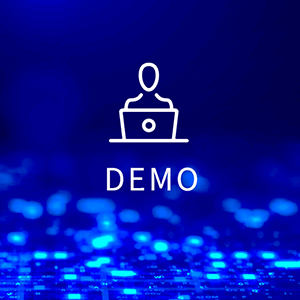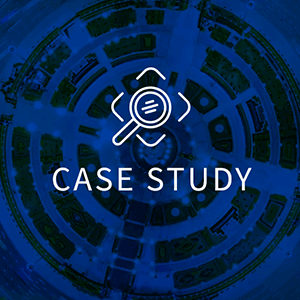Since the EU started enforcing the Digital Operational Resilience Act (DORA) in January 2025, many companies in the finance sector as well as Information and Communications Technology (ICT) third-party providers have faced multiple challenges with the newer regulation. Many IT and security leaders within this area have tried and are still making a big effort to comply with the regulation but are unsure of everything it entails and how they should start their compliance journey.
To achieve DORA compliance completely and efficiently, we’ve compiled the following list of five key areas your organizations should focus on.
Key 1: A strong ICT risk management framework
First, you’ll need to implement a strong ICT risk management framework by developing clear policies for identifying, assessing and mitigating ICT risks. Continuous monitoring and automated threat detection should be in place to proactively address vulnerabilities. Aligning with established cybersecurity frameworks such as ISO 27001 or NIST can provide a solid foundation for compliance.
Key 2: Enhanced incident detection and reporting
Next, your organizations must enhance its incident detection and reporting capabilities. This includes establishing real-time monitoring systems to detect security breaches as they occur and defining clear incident response procedures with structured escalation processes. DORA’s strict reporting timeline require organizations to report incidents within 24 hours, and adhering to that timeframe is crucial for regulatory compliance.
Key 3: Regular digital operational resilience testing
Your organization should conduct penetration testing and vulnerability assessments at least once a year to evaluate system weaknesses. Simulating real-world cyberattacks, such as ransomware or phishing attempts, can help improve response strategies. Engaging third-party cybersecurity experts ensures unbiased and thorough testing.
Key 4: Stronger third-party risk management
It’s crucial for your organization to focus on strengthening third-party risk management for total DORA compliance. This involves conducting due diligence before onboarding ICT vendors, ensuring that your contracts include security, resilience and auditability clauses, and continuously monitoring third-party compliance. After all, managing risks associated with suppliers and service providers is a critical component of DORA’s requirements.
Key 5: Improved cyber threat intelligence and information
Finally, improving cyber threat intelligence and information sharing is necessary for resilience. Your organization should actively participate in EU-wide cybersecurity networks, exchange threat intelligence with industry peers and authorities, and implement automated tools to analyze and mitigate cyber threats. Sharing this information can help prevent cyber incidents and reduce their impact across the financial sector.
Starting your DORA compliance journey with Flexera
DORA compliance is complex, but Flexera makes it manageable. Our solutions provide the visibility, automation and intelligence your organization will need to build a resilient and compliant IT ecosystem.
Get in touch today to learn how Flexera can help you prepare for DORA compliance with confidence.







